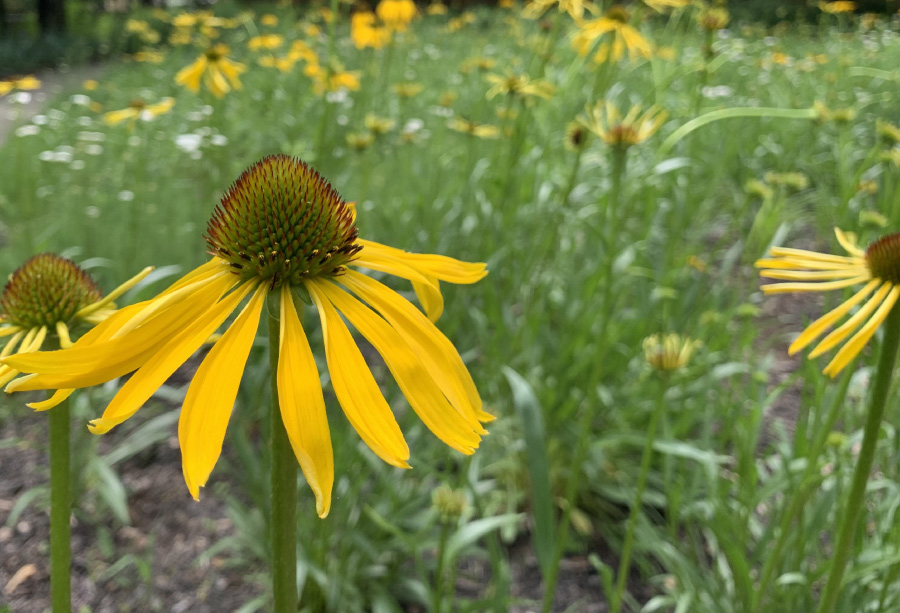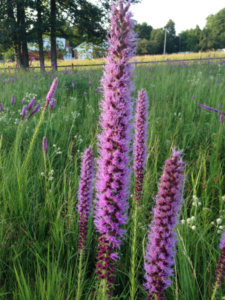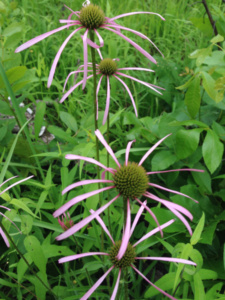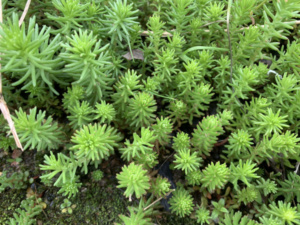
Echinacea paradoxa
Harnessing the Power of Native Plants
As climate patterns shift and water resources become increasingly strained, homeowners, businesses, and municipalities are turning to water-wise landscaping as a sustainable solution. This is especially relevant in rapidly growing regions like Northwest Arkansas, where population growth is placing added pressure on local water supplies. With more development comes greater demand for irrigation, making it essential to adopt landscaping practices that conserve water. At the heart of this approach lies a simple yet powerful principle: using native plants to create beautiful, resilient landscapes that thrive with minimal irrigation, helping to preserve water for future generations while supporting the region’s unique ecology.

What Is Water-Wise Landscaping?
Water-wise landscaping is a method of designing and maintaining landscapes to reduce or eliminate the need for supplemental water from irrigation. It emphasizes:
- Efficient irrigation systems
- Soil improvement
- Mulching
- Proper plant selection
- Thoughtful design and maintenance
While these principles apply broadly, the choice of plants is especially critical, and that’s where native species shine.

Why Native Plants Are Ideal for Water-Wise Landscapes
Native plants are species that have evolved naturally in a specific region over thousands of years. They are uniquely adapted to the local climate, soil, and wildlife, making them ideal candidates for sustainable landscaping. Here’s why:
- Low Water Requirements: Native plants are accustomed to the natural rainfall patterns of their region. Once established, they typically require little to no supplemental watering, even during dry spells.
- Reduced Maintenance: These plants are well-suited to local conditions, meaning they’re less prone to pests and diseases. This translates to fewer chemical inputs and less time spent on upkeep.
- Support for Local Ecosystems: Native plants provide food and habitat for pollinators, birds, and other wildlife. By planting them, you’re helping to restore ecological balance and biodiversity.
- Soil Health and Erosion Control: Many native species have deep root systems that improve soil structure, enhance water infiltration, and reduce erosion, which is especially important in areas with heavy rainfall or sloped terrain.
- Resilience to Climate Extremes: Because they’ve evolved in the local environment, native plants are better equipped to handle temperature fluctuations, droughts, and other climate-related stresses.
Designing a Native, Water-Wise Landscape
Creating a landscape that’s water-efficient doesn’t mean sacrificing aesthetics. Native plants come in a wide variety of colors, textures, and forms. Here are a few tips to get started:
- Group plants by water needs to maximize irrigation efficiency.
- Use mulch to retain soil moisture and suppress weeds.
- Incorporate hardscaping like rocks, gravel paths, and permeable patios to reduce water use and add visual interest.
- Choose plants with seasonal interest to ensure year-round beauty.
Getting Started in Your Region

To design a successful water-wise landscape, start by researching native plants that are naturally adapted to your local environment. In Northwest Arkansas, the Wild Ones – Ozark Chapter has developed a list of native water-wise species tailored to the region’s unique soils, climate, and ecological conditions. This list provides options to suit a variety of landscape needs.

Conclusion
Water-wise landscaping with native plants is a smart, sustainable way to beautify your surroundings while conserving precious resources. Whether you’re revamping a backyard or planning a large-scale restoration project, native plants offer a resilient, low-maintenance, and ecologically sound solution.
